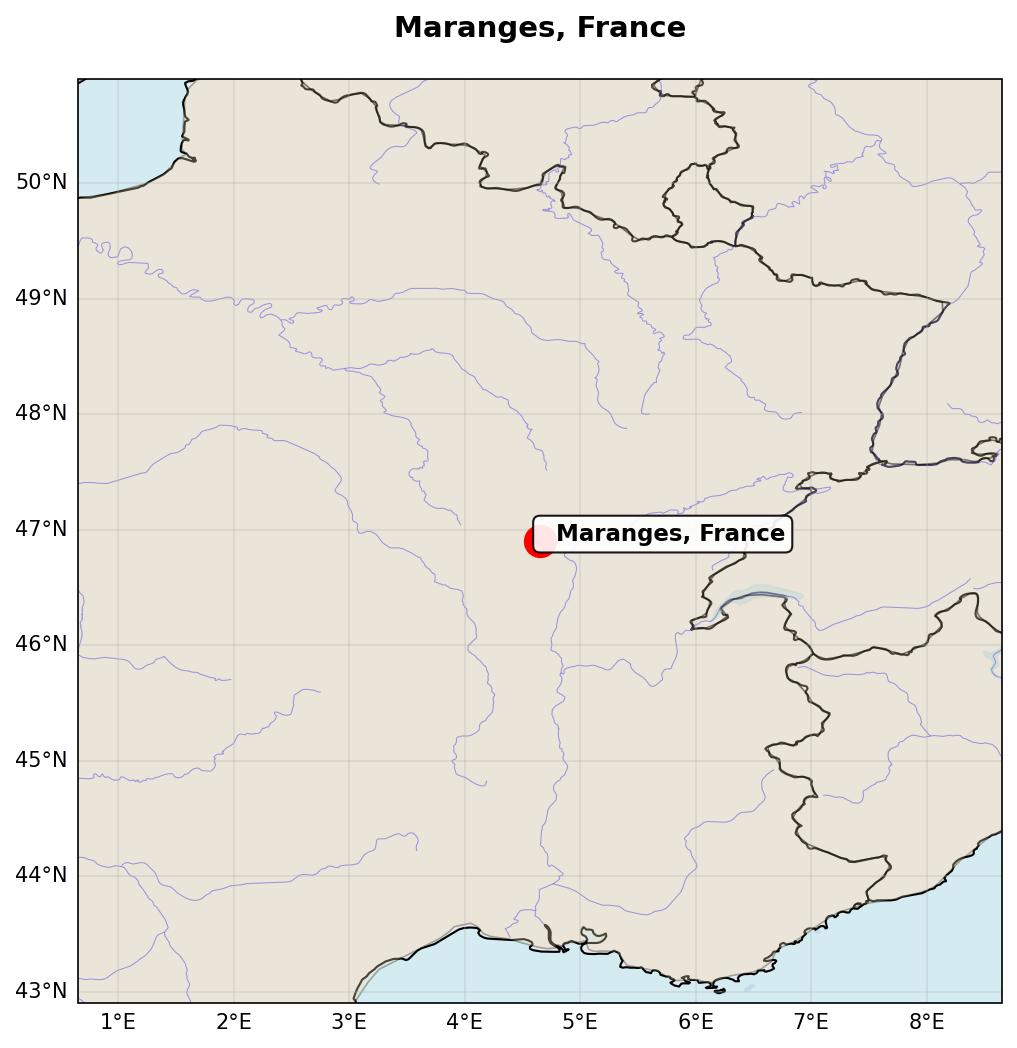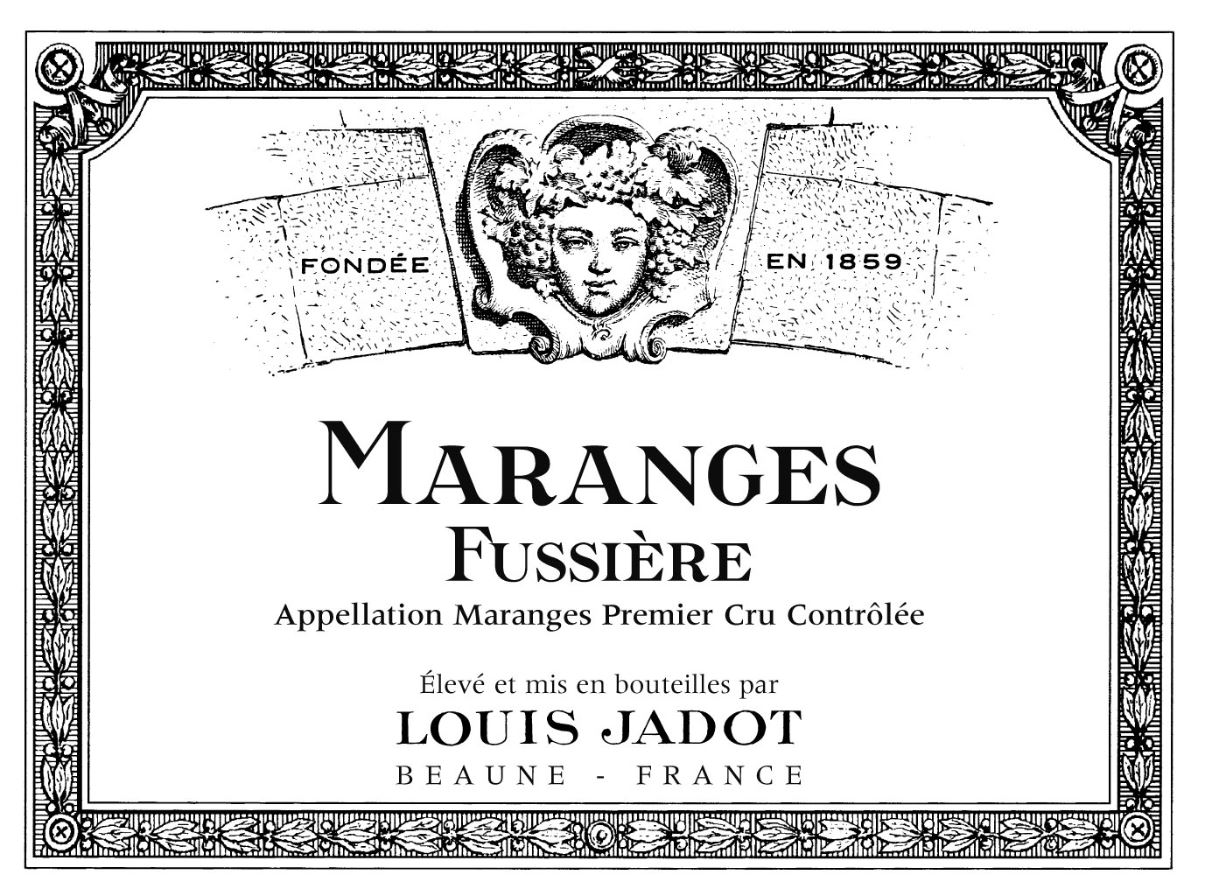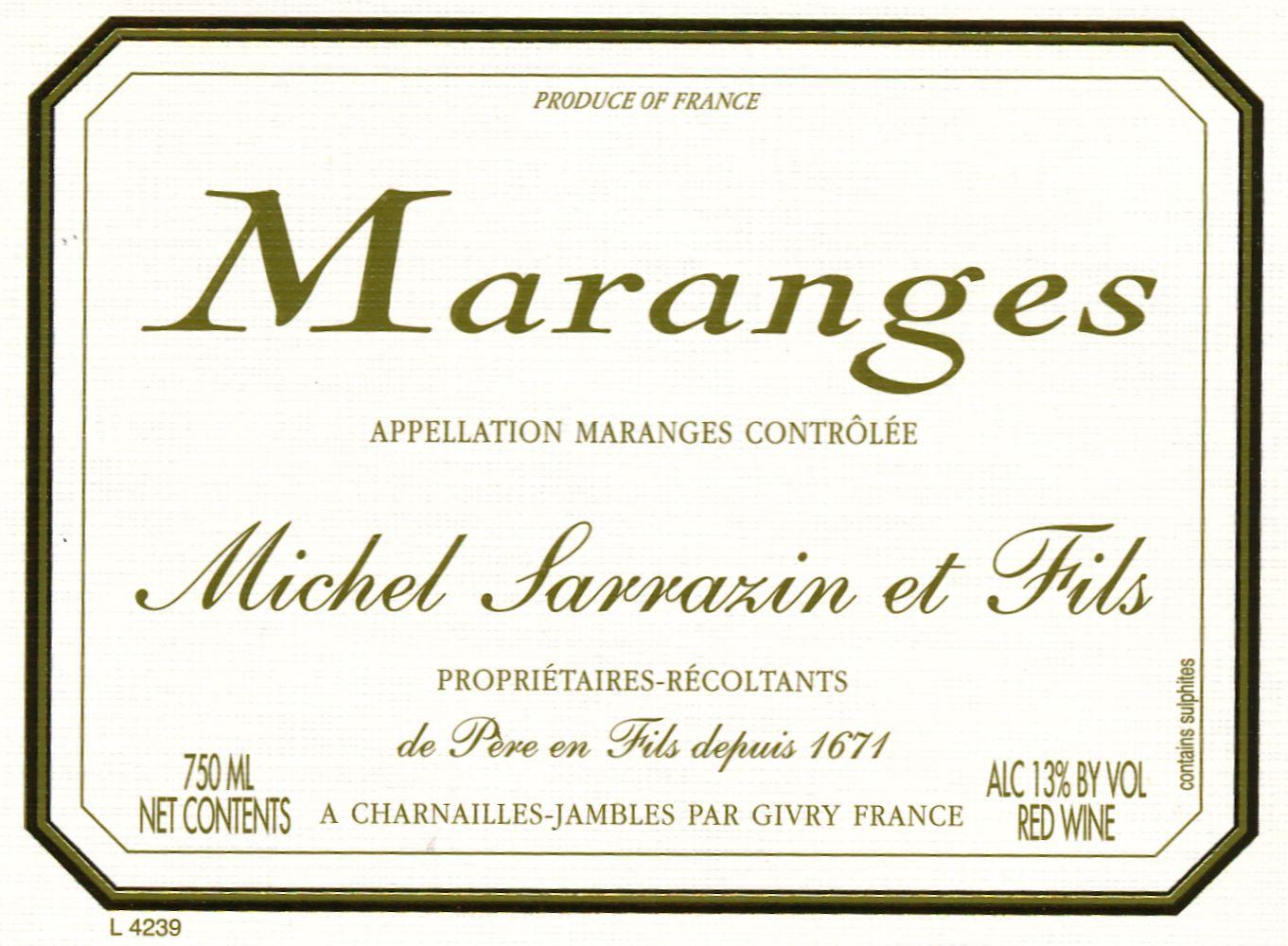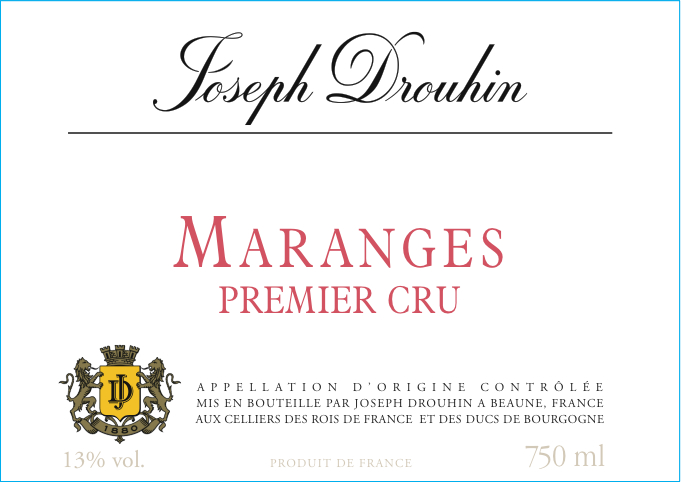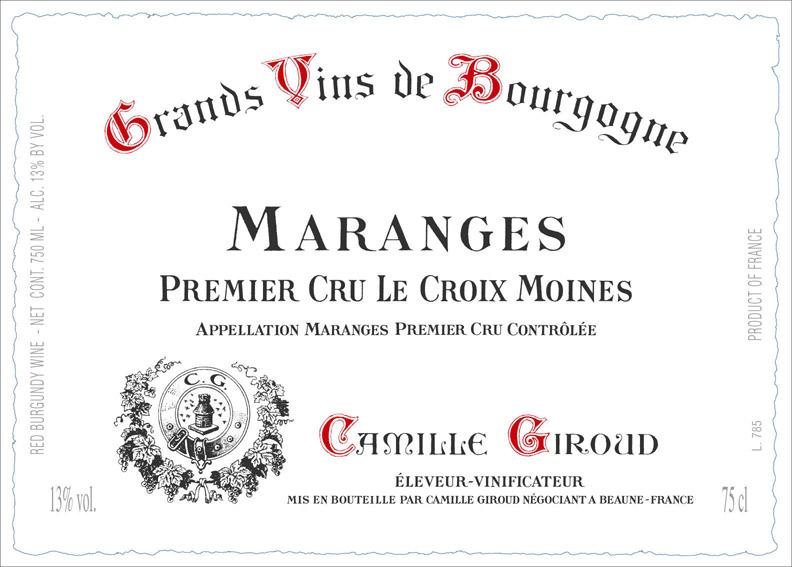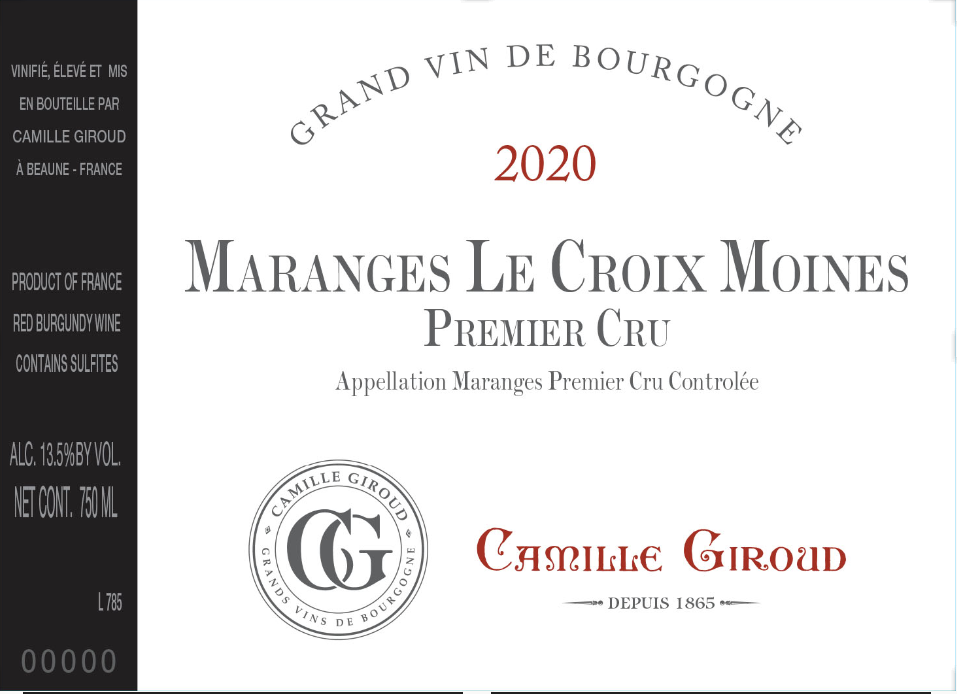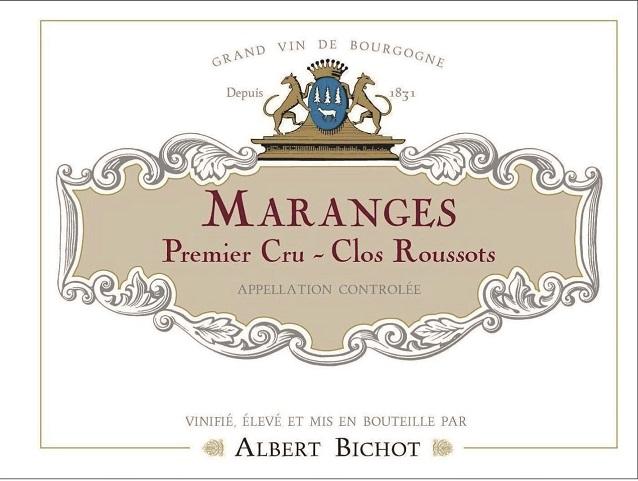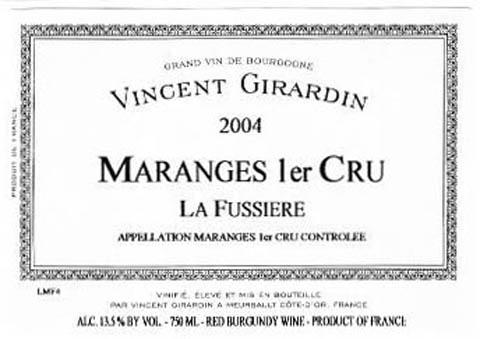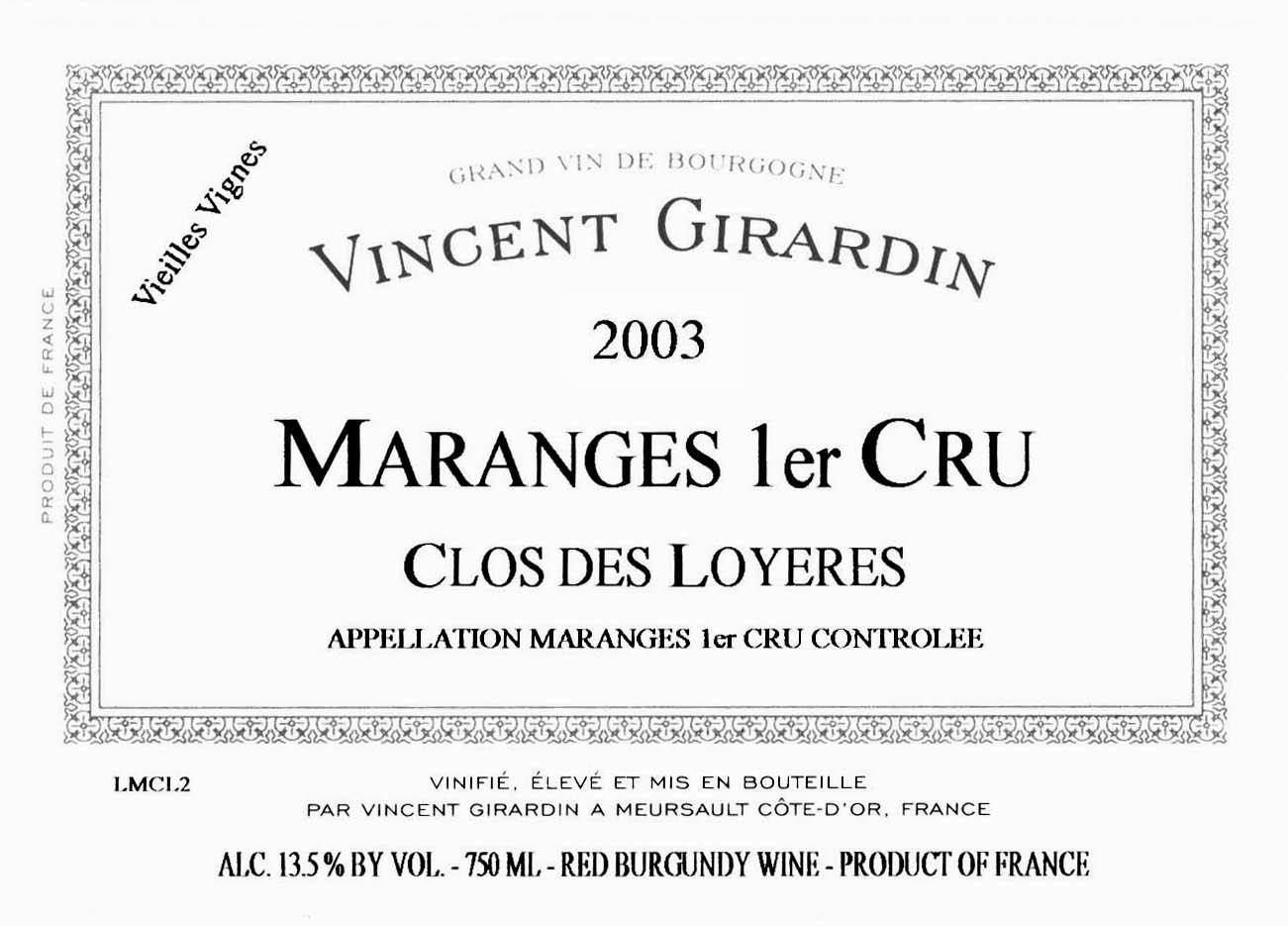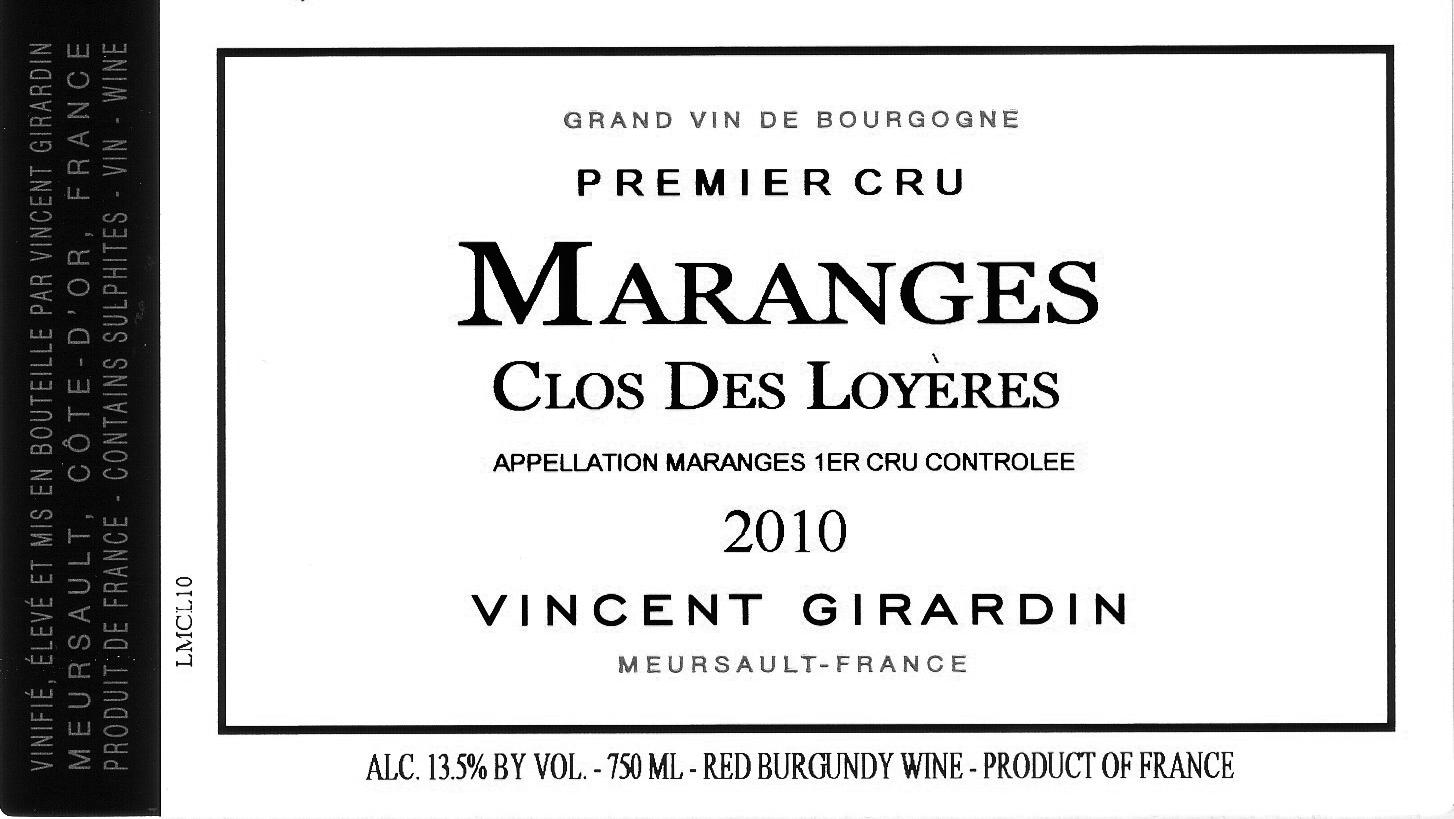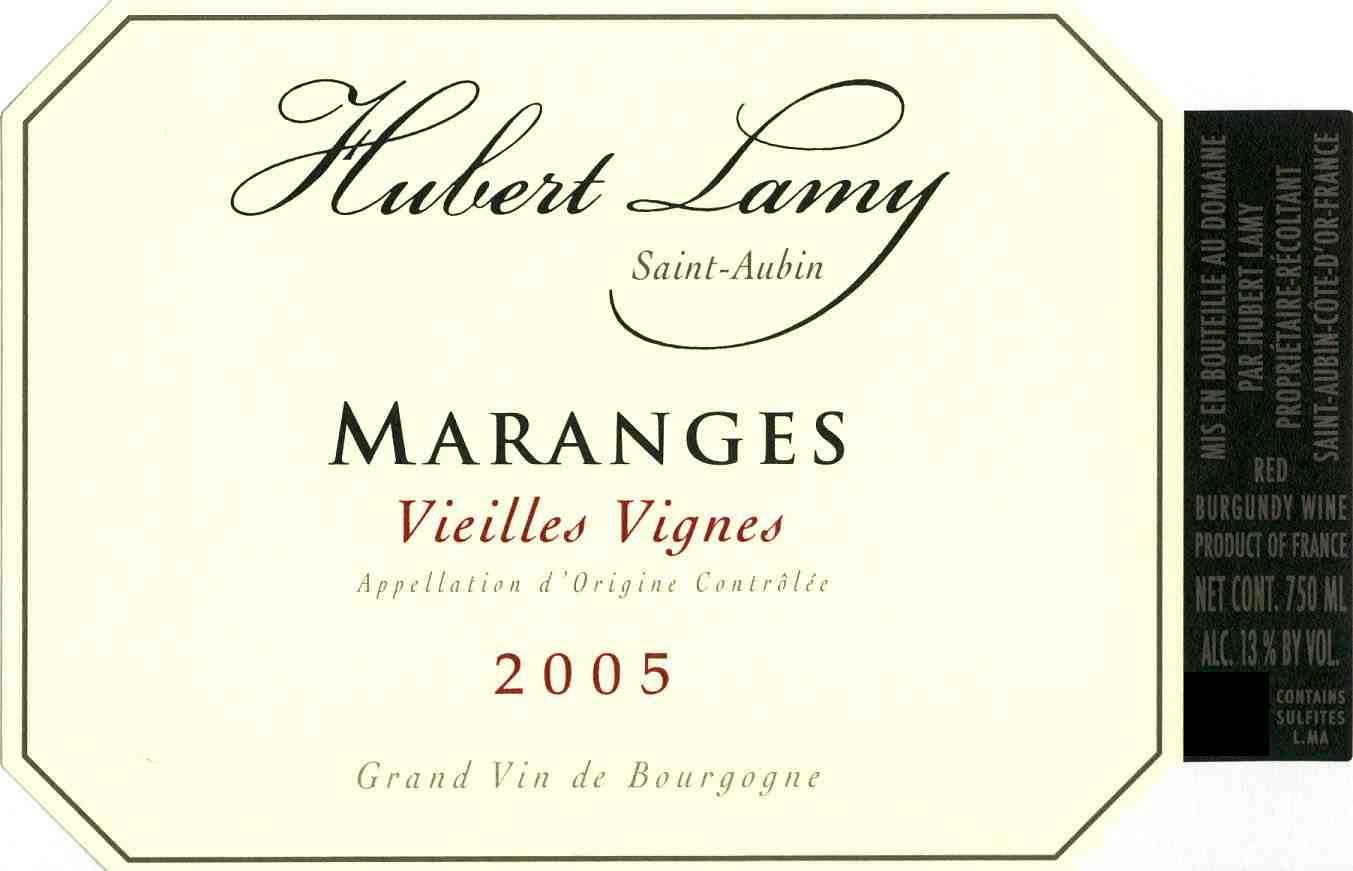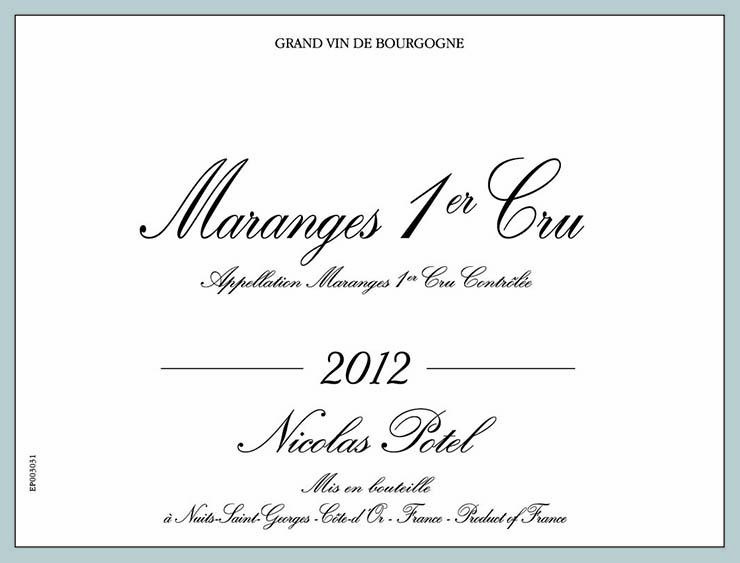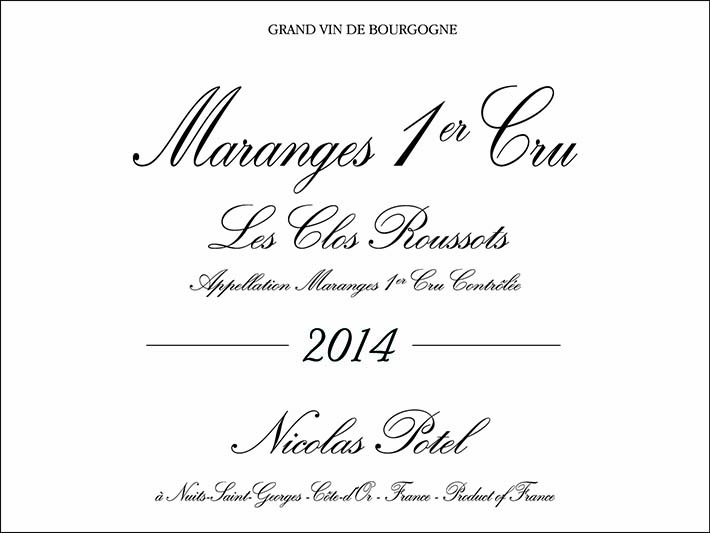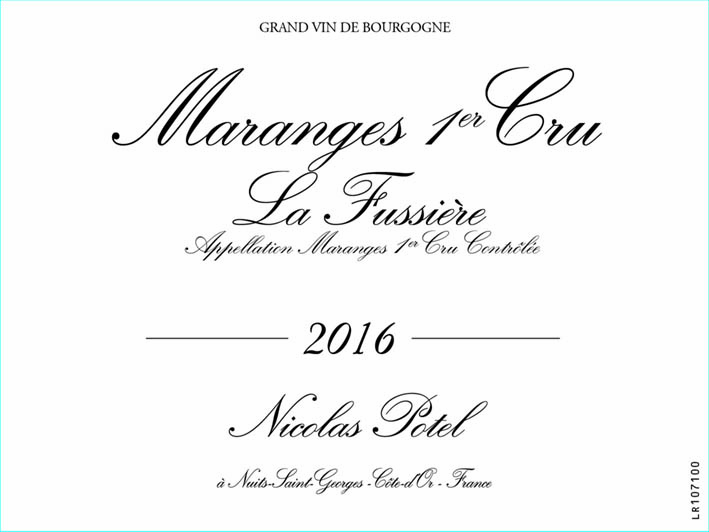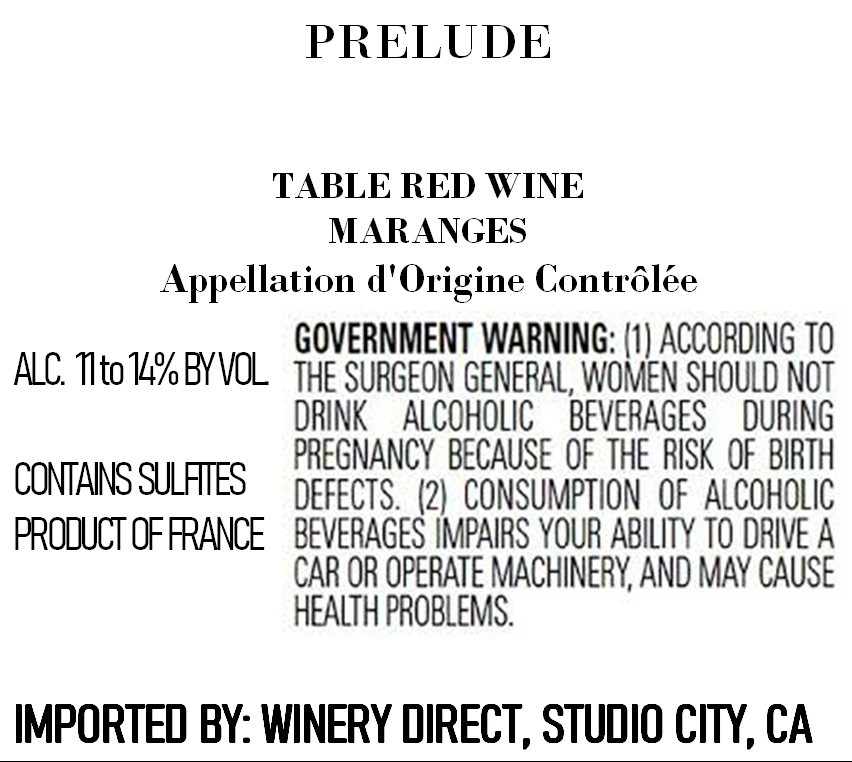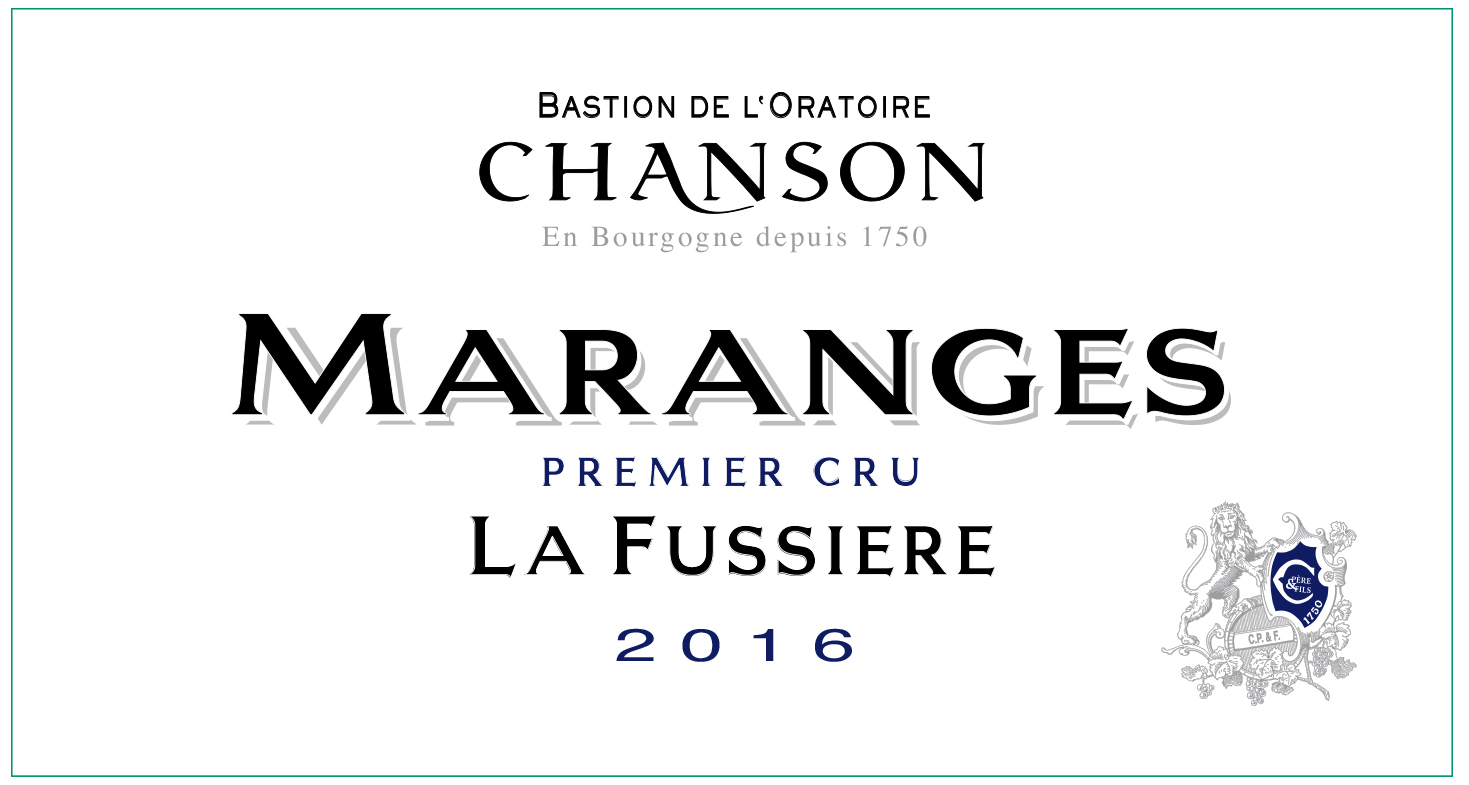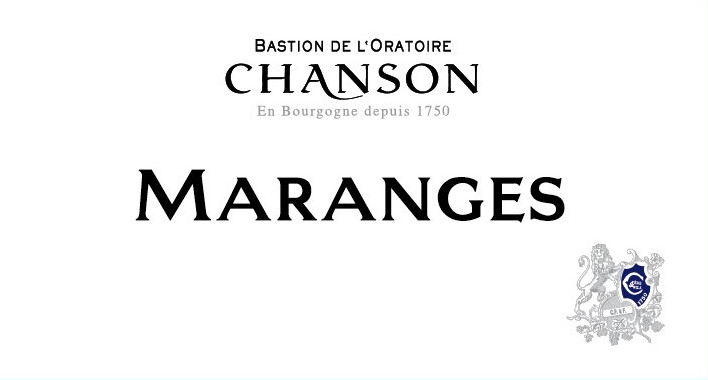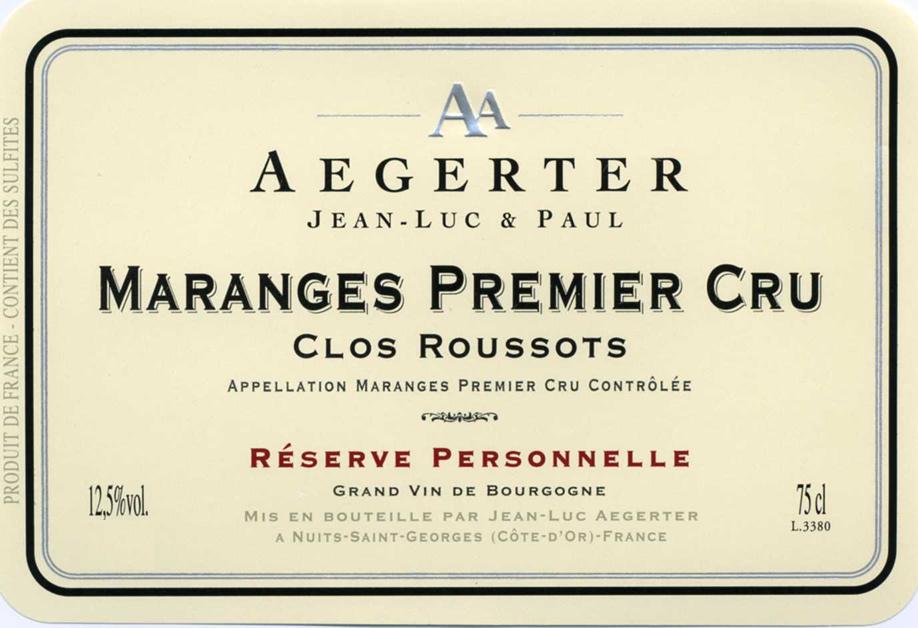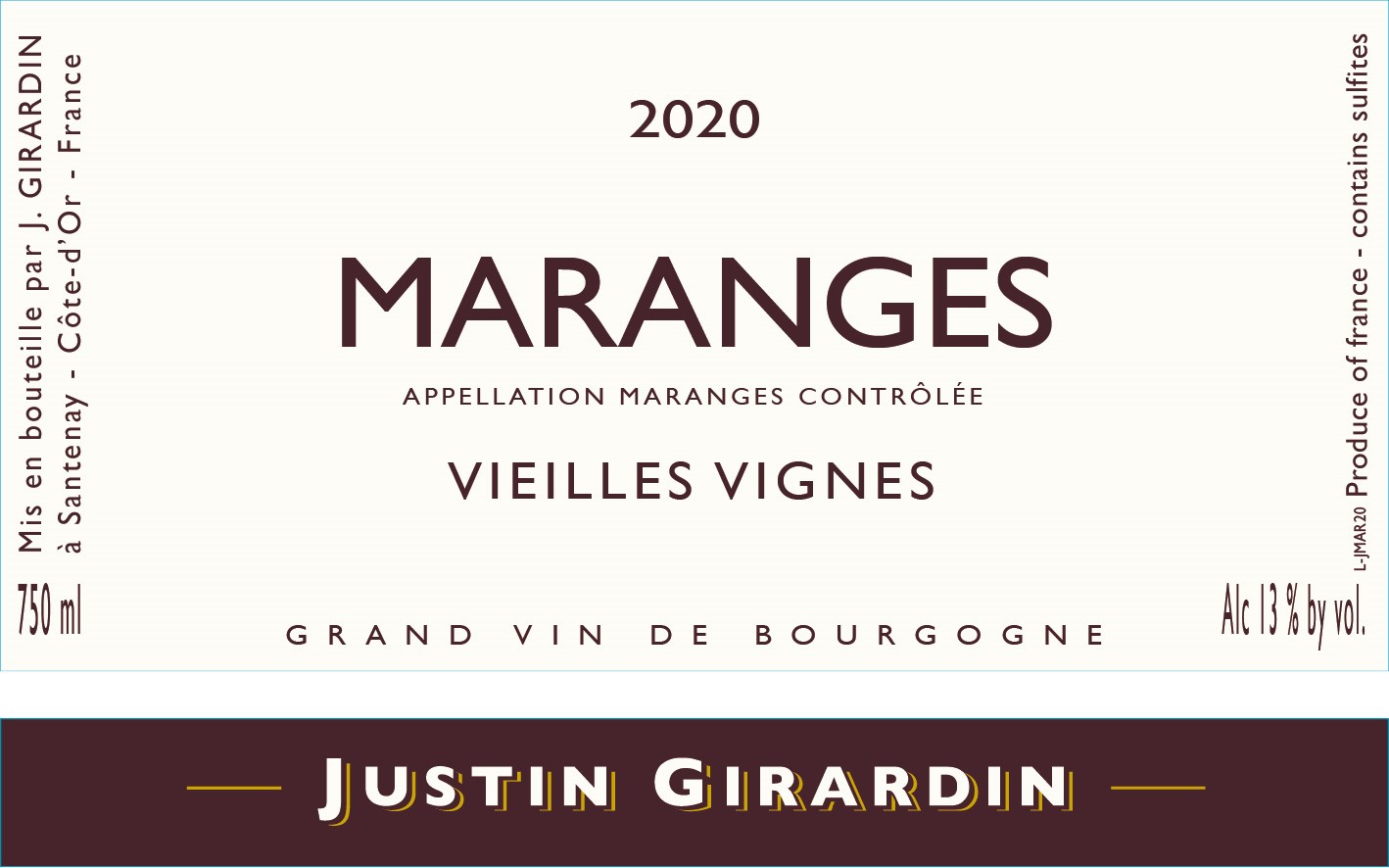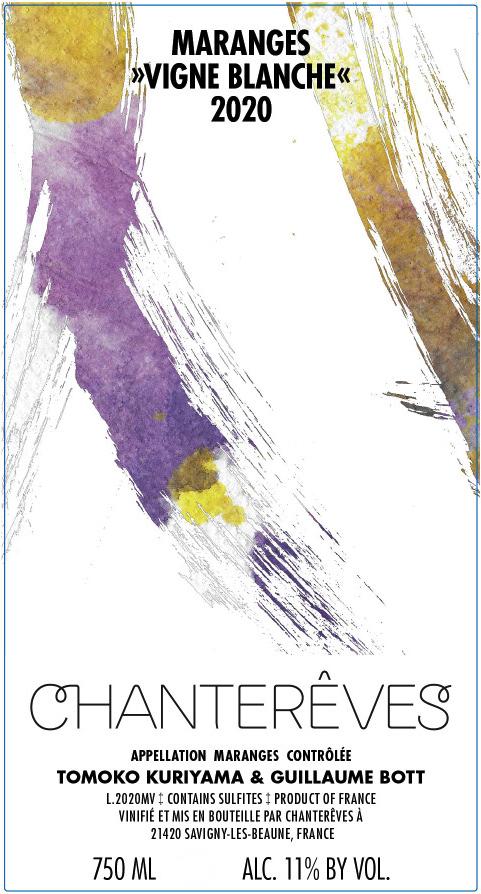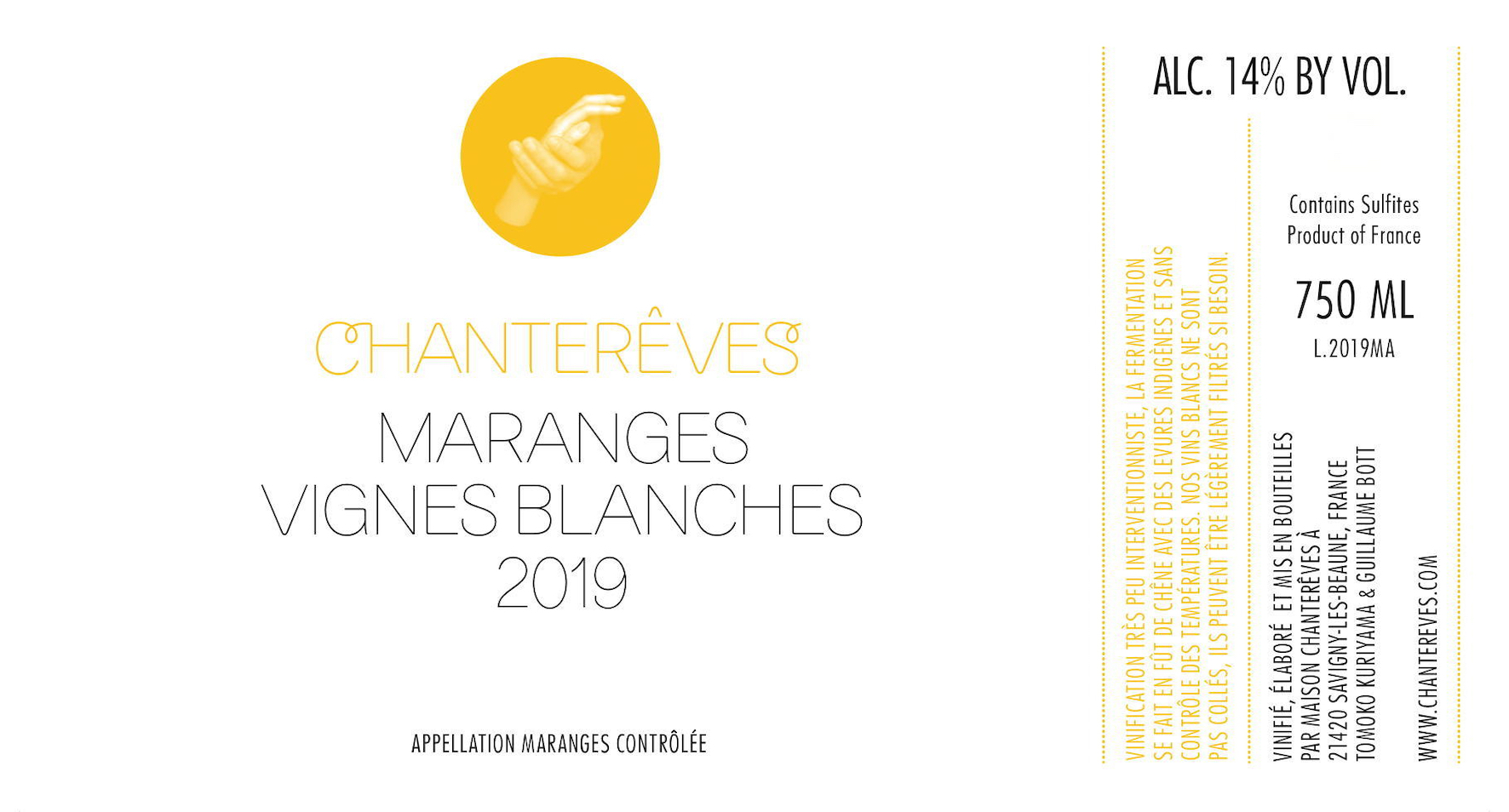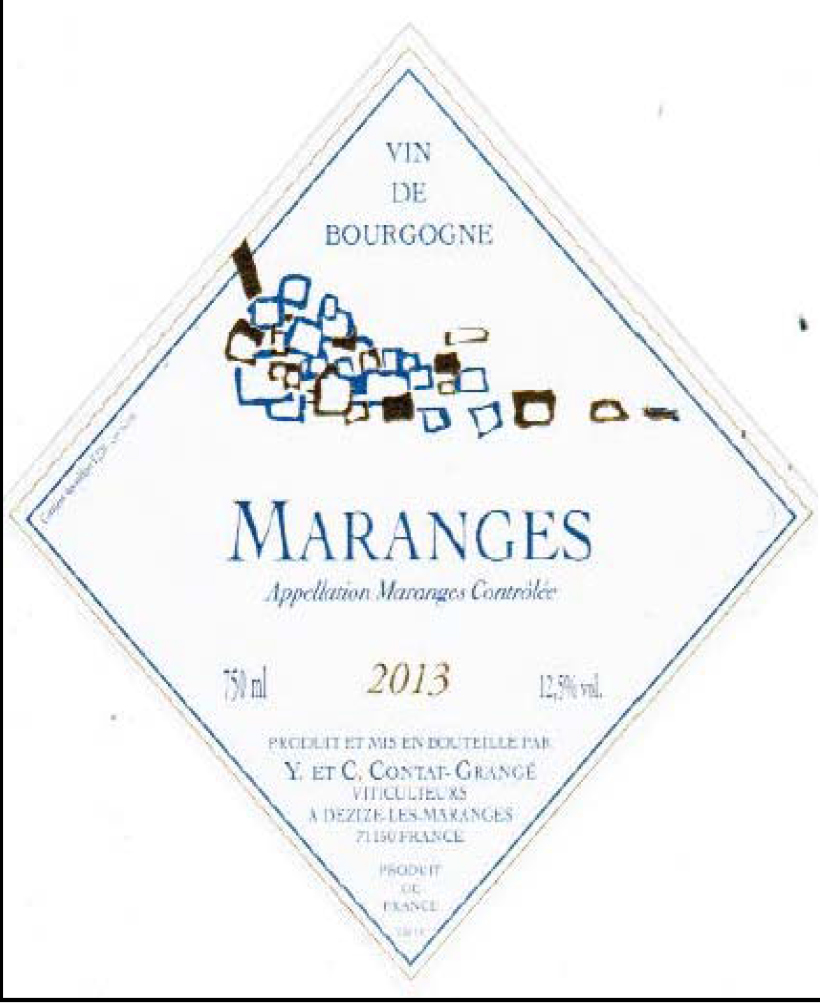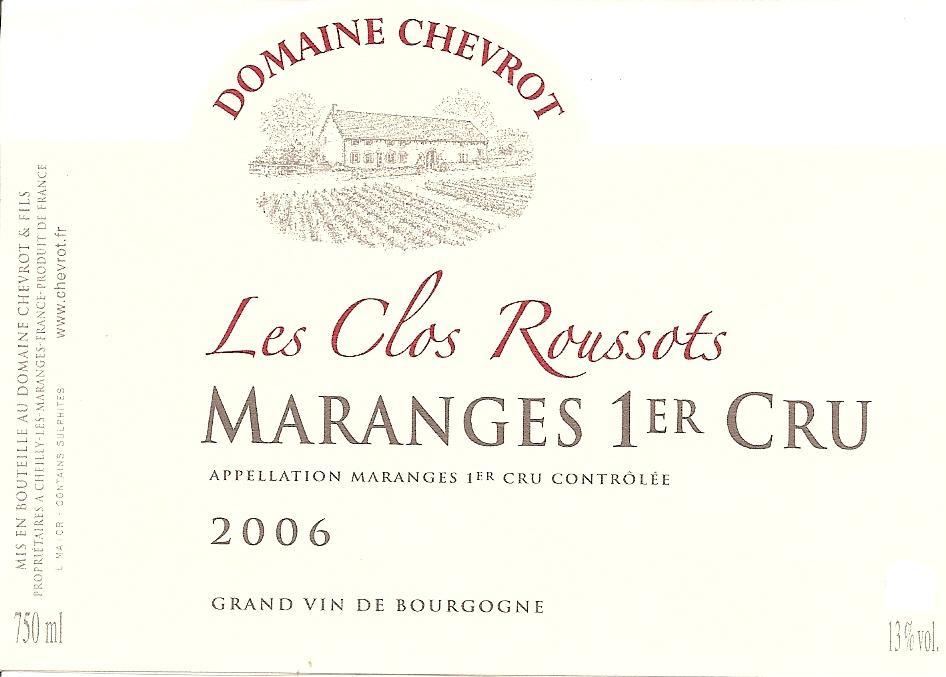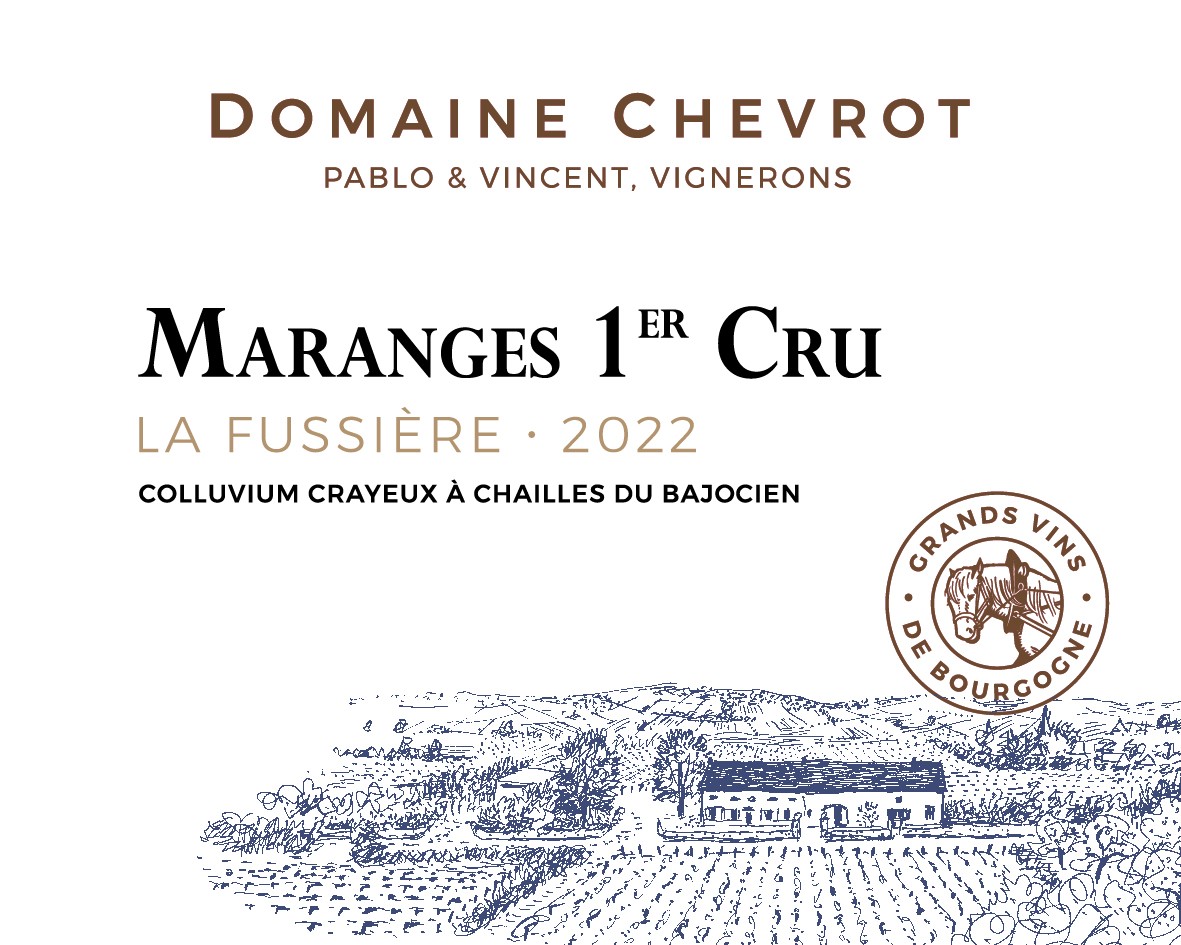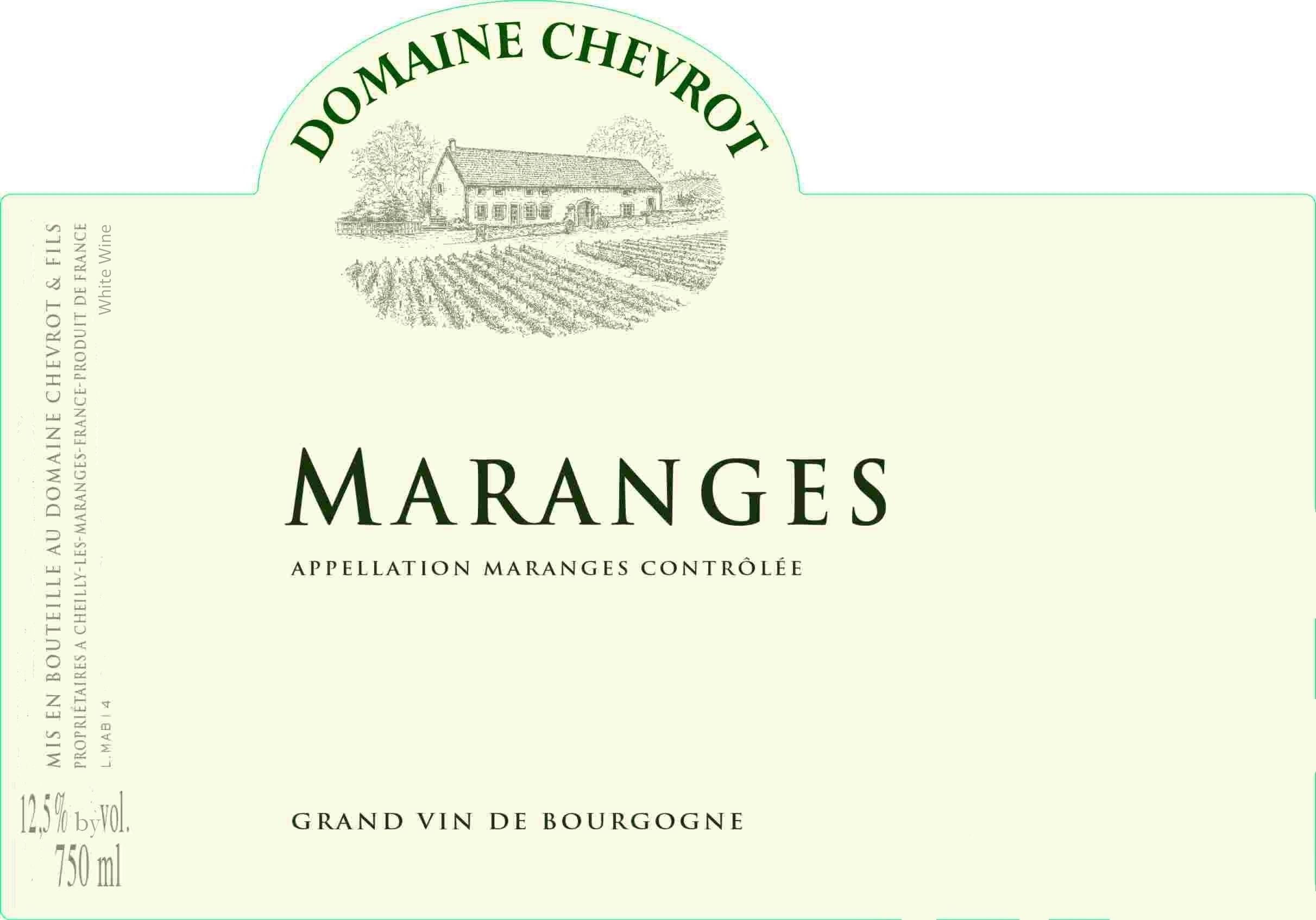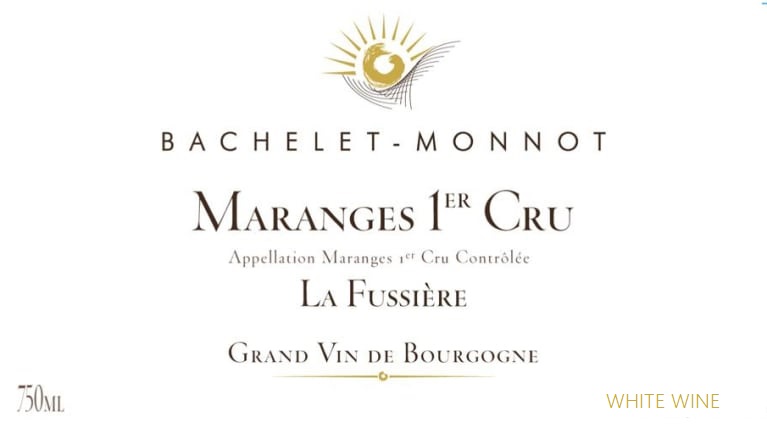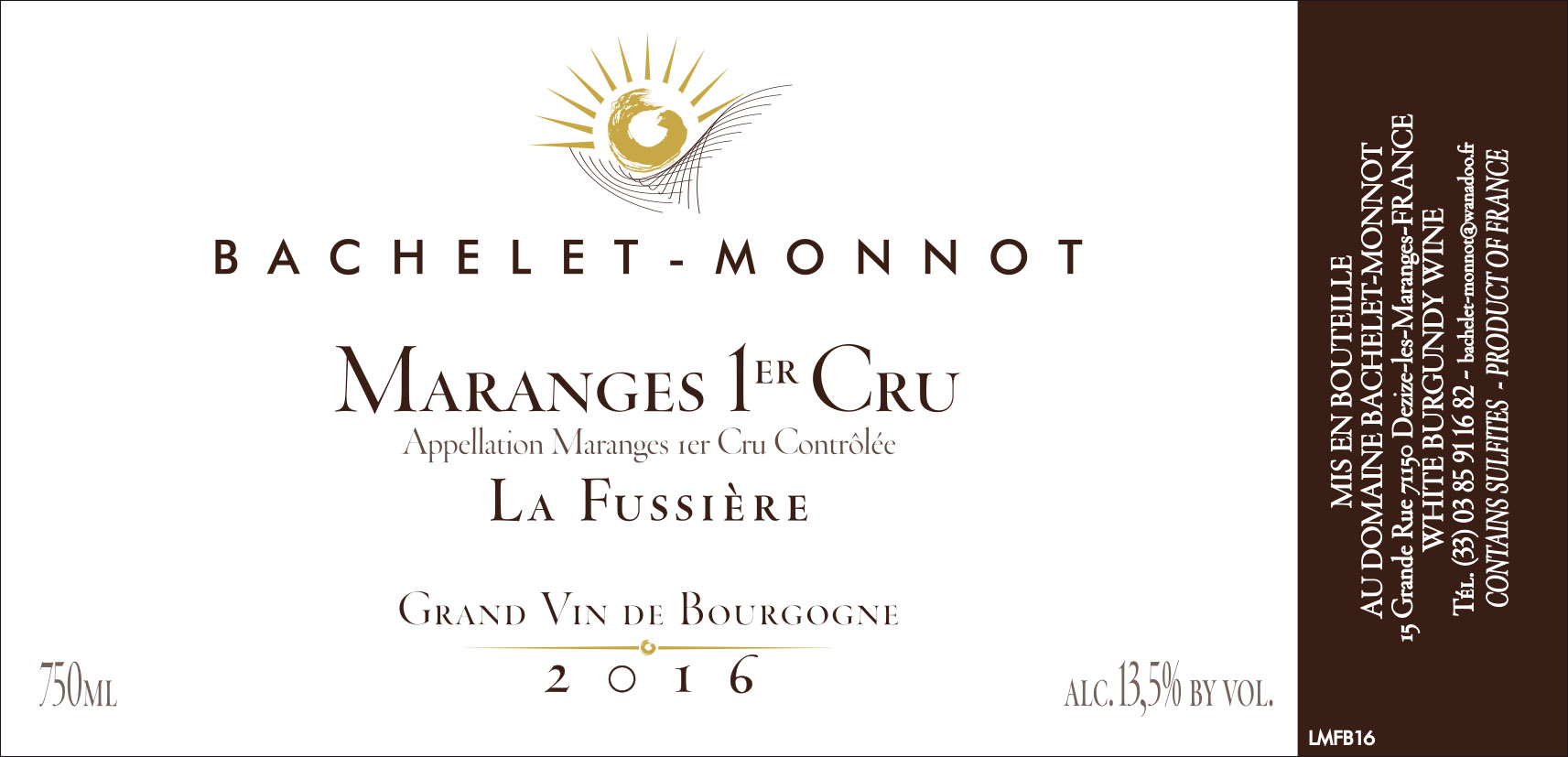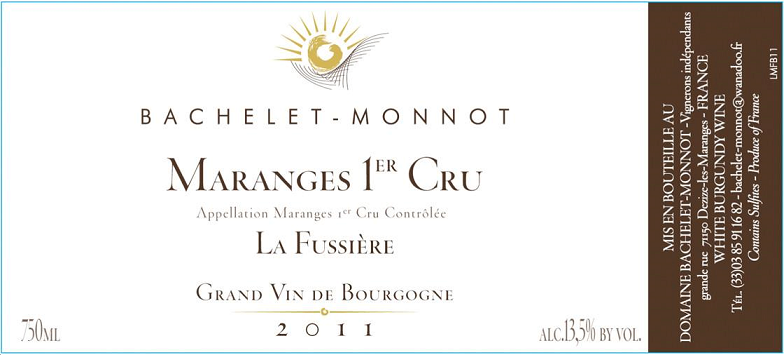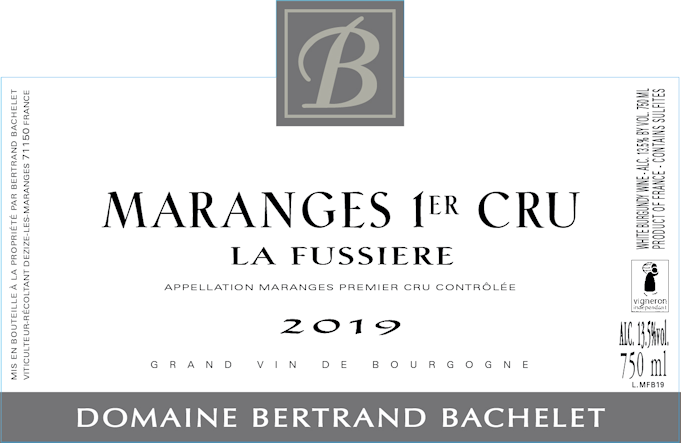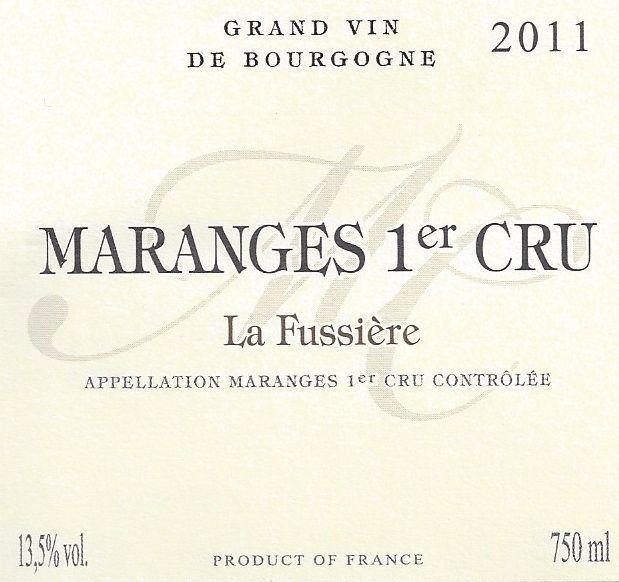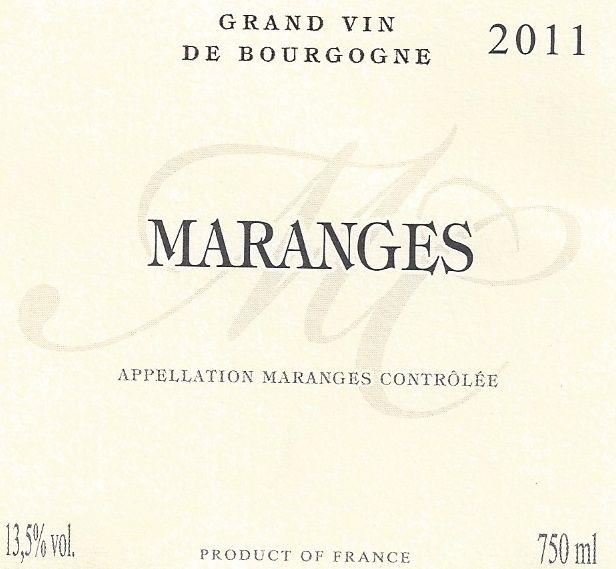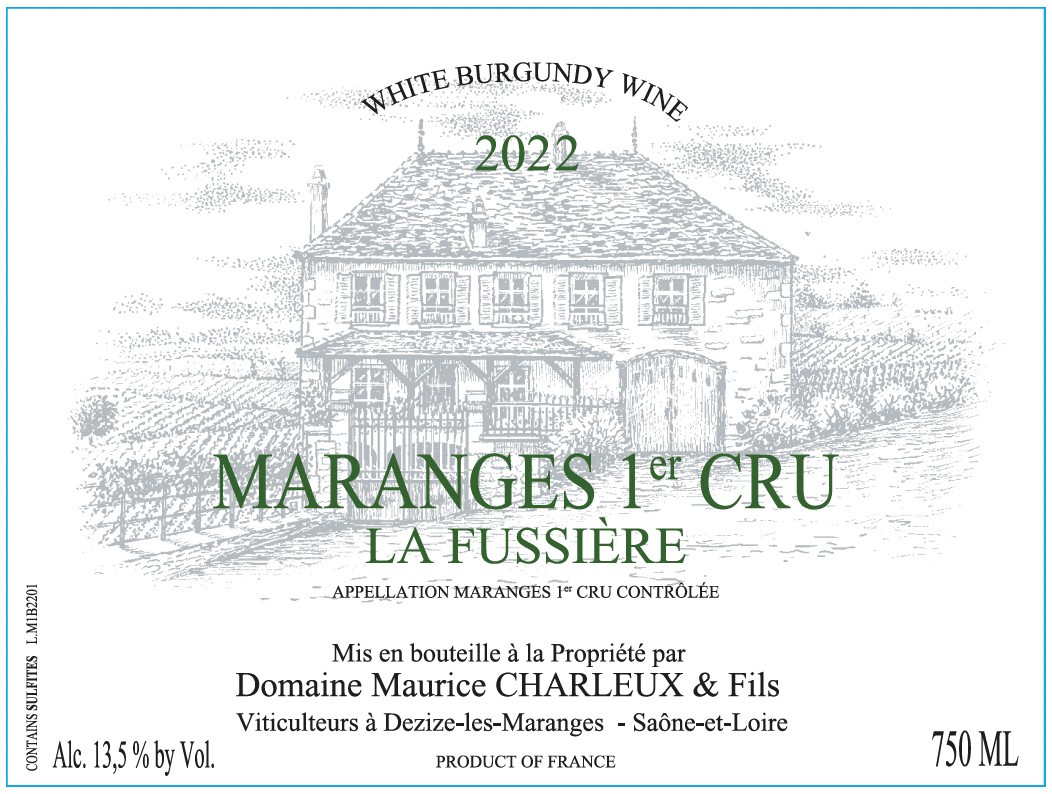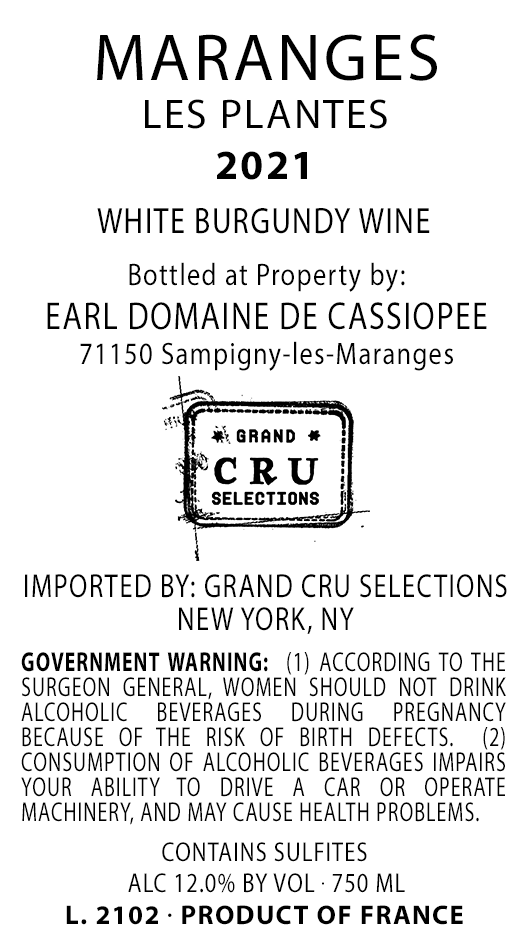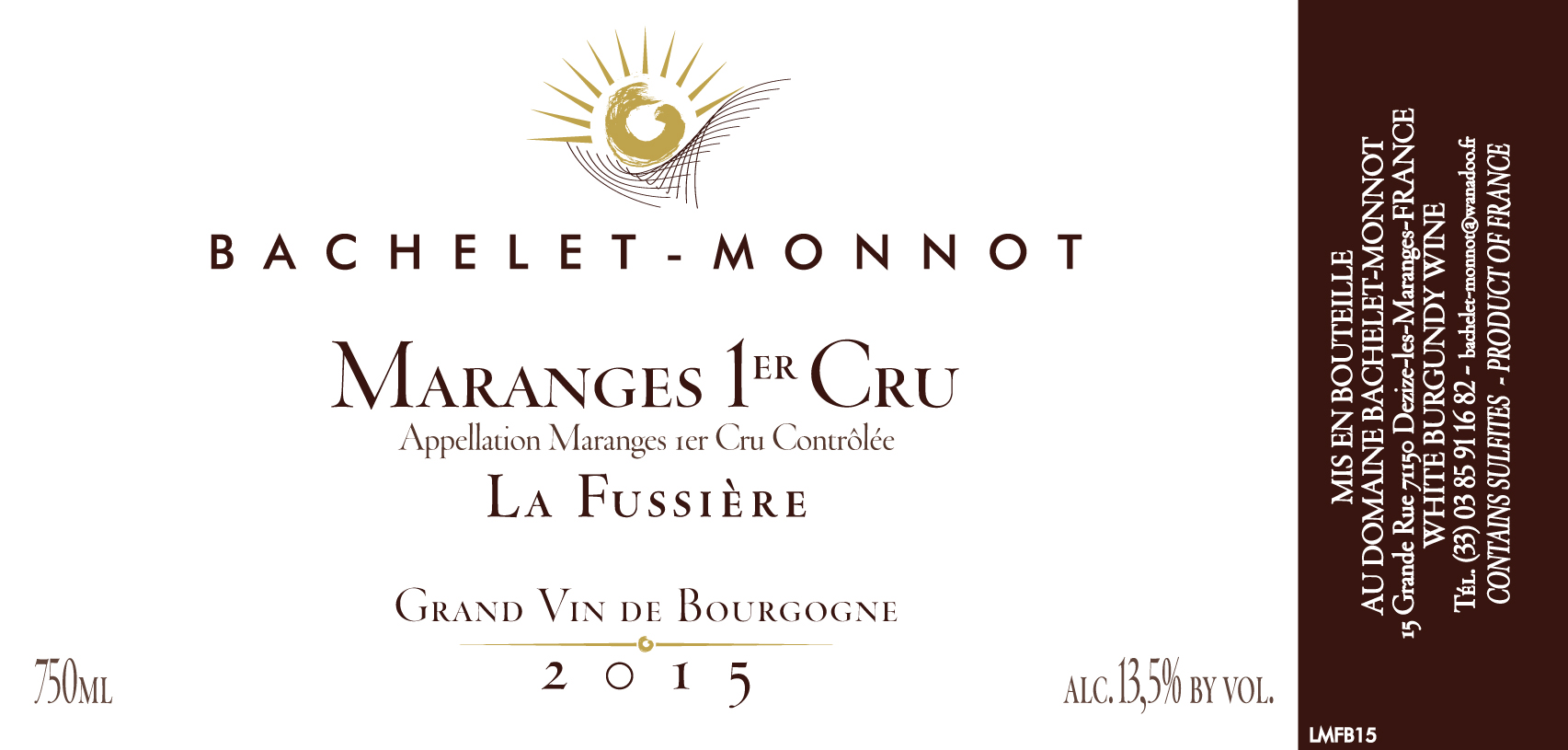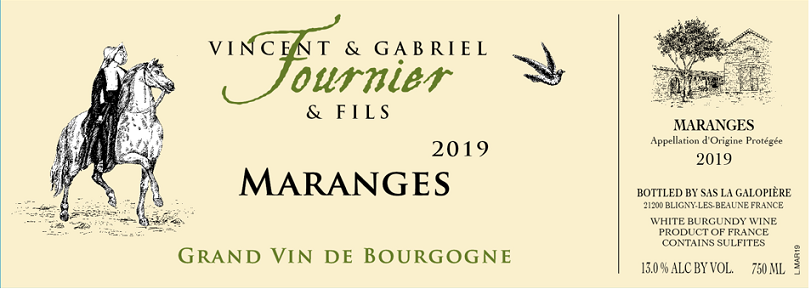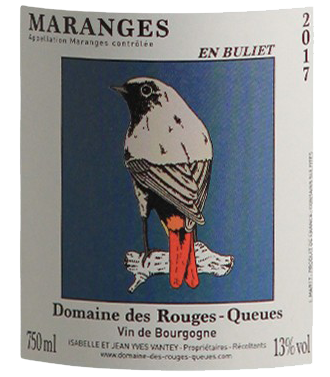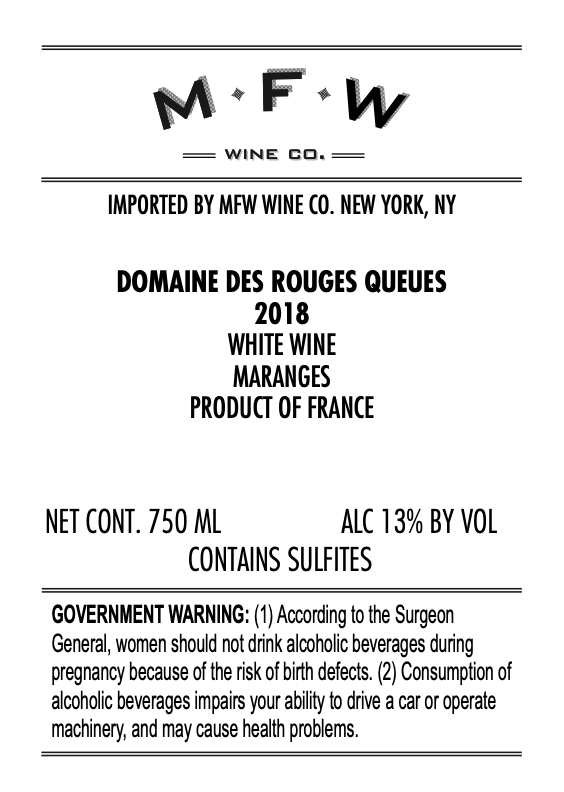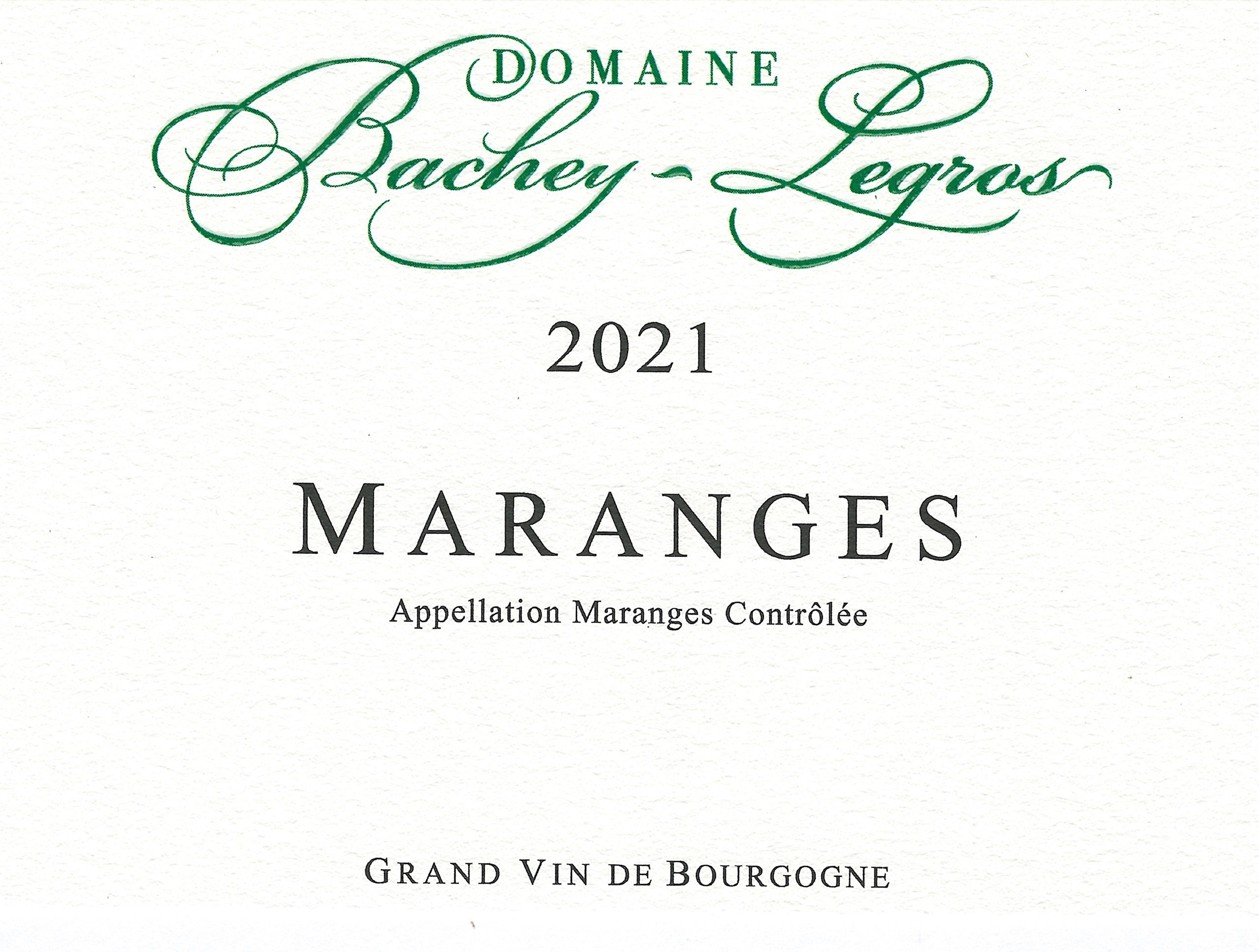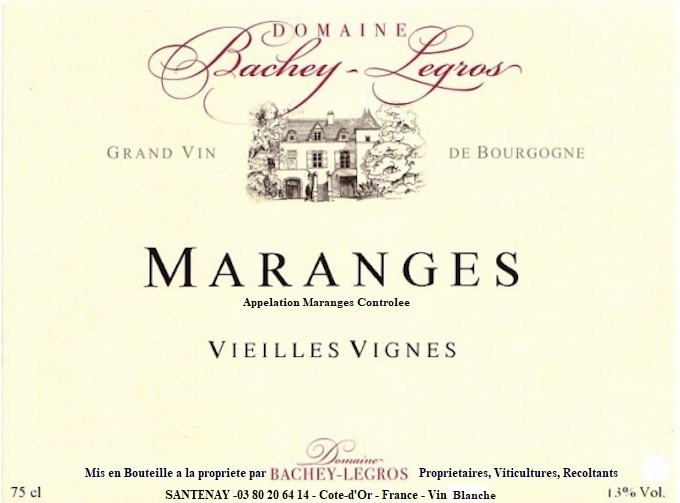Terroir of Maranges
Maranges boasts a distinctive terroir shared with its neighbor, Santenay. The vineyards rest on Jurassic limestone and clay, complemented by gravel and marl, instilling a touch of minerality in the wines.
Vineyards are often mid-slope, seated on limestone-rich bedrock with iron-tinged clay loam. Premier Cru sites like La Fussière offer concentrated wines, while deeper clay areas produce softer profiles.
The vineyards face east to southeast, benefiting from morning sun and afternoon shade. The Mont de Sène ridge channels cooling breezes, aiding in the preservation of acidity.
Maranges enjoys a continental climate with warm summers, cool nights, and cold winters. Spring frost and summer hail are challenges mitigated by growers through protective methods. The region gets moderate rain, with late spring and early autumn showers. The southern location in Côte de Beaune grants Maranges additional warmth and sunshine, ensuring consistent ripening.
Notable Wineries in Maranges
Maranges, a charming enclave in Burgundy's Côte de Beaune, is home to several noteworthy wineries that contribute to its growing reputation. Despite its modest size, the region's dedication to quality shines through esteemed family-run estates and a cooperative effort.
-
Domaine Bachelet-Monnot: Renowned for crafting expressive village and Premier Cru wines with impressive depth.
-
Domaine Chevrot: Celebrated for their clarity and balance, producing both red and white wines in the region.
-
Château de Mercey (Antonin Rodet): Based in Cheilly-lès-Maranges, known for its rich, fuller-bodied offerings.
-
Cave des Vignerons de Maranges: A cooperative in Dezize-lès-Maranges, offering approachable village wines and select Premier Crus.
Sustainable Winemaking in Maranges
Maranges, nestled in Burgundy's Côte de Beaune, is embracing sustainable practices, mirroring the broader regional shift. Growers are increasingly turning to cover crops and reducing chemical herbicides, while integrated pest management helps minimize environmental impact. The adoption of organic and biodynamic methods is steadily rising, emphasizing a commitment to natural purity.
In the cellar, there's a focus on minimal intervention, using new oak and sulfites sparingly to preserve the authentic fruit character of the wines. The local cooperative is making strides in energy and water efficiency, contributing to the region's eco-friendly goals. Although specific certification numbers for Maranges are unavailable, the influence of HVE and organic labels is evident, aligning with Côte de Beaune's sustainability efforts.
Wine Tourism in Maranges
Maranges, at the southern edge of Burgundy's Côte de Beaune, offers a tranquil wine tourism experience rooted in tradition and scenic beauty. The region, known for its fruit-forward wines, invites exploration through appointment-based visits to charming wineries. The Cave des Vignerons de Maranges is a standout, providing tastings of village and Premier Cru wines.
The landscape, with its vineyard-clad hills and gentle trails, beckons visitors to hike to the "Trois Croix" summit for unforgettable views. The historic charm of Cheilly-lès-Maranges, with its ancient church and priory, adds depth to any visit.
As a more serene destination compared to its northern counterparts, Maranges promises a peaceful retreat, complemented by cozy accommodations in local B&Bs and gîtes. The region's commitment to quality and sustainability enriches the experience, making Maranges an essential stop on any Burgundy wine tour.


